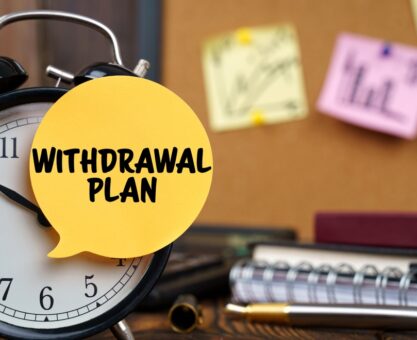You may be surprised to learn it can take up to 30 daysafter the date of your separation for the TSP to receive notice of your retirement from your agency. During this time, you won’t have access to your funds. Once the TSP receives notice, the “separation access” to your online account will be opened and you can make withdrawal requests.
Retiring With An Outstanding TSP Loan
Under TSP rules, any outstanding loan has to be paid back within 90 days upon separating from service. If you fail to pay it back within the 90-day window, the loan balance is considered a TSP distribution and you’ll have to pay federal income taxes on the outstanding amount. Keep in mind, an outstanding TSP loan will likely affect your withdrawal requests and, if you live in a state that taxes TSP distributions as income, you’ll be paying even more taxes.
“As you can see, when you retire it can take some time before you get your first TSP distribution.”
How TSP Withdrawals Work In Retirement
Unfortunately, the TSP may take another 60 days to process your first payment. To initiate a withdrawal, log into “My Account” on the TSP website and click “Withdrawals and Changes to Installment Payments,” then click “Withdrawal Request for Separated and Beneficiary Participants” and follow the prompts. In most cases you can complete the entire process online.
Taxes On TSP Withdrawals In Retirement
During your career, your contributions to a traditional TSP were tax-deferred to lower your tax burden. Once you retire, every dollar you withdraw from your traditional TSP is 100% taxable. Typically, the TSP withholds part of your distribution for federal income taxes.
With a Roth TSP, you can take tax-free withdrawals on your contributions, and any qualified earnings
if you meet two requirements: 5 years have passed since January 1st of the year when you made your first Roth TSP contribution and you’reat least 59½ years old or permanently disabled. If either of these requirements are not met, you only have to pay taxes on your Roth TSP earnings.
TSP Required Minimum Distributions (RMDs)
The SECURE Act 2.0 has increased the RMD age to 73 for those born after December 31, 1950. Starting in 2033, the age for RMDs will increase to 75. The new law also ended RMDs on Roth TSP accounts starting on January 1, 2024.
As you can see, when you retire it can take some time before you get your first TSP distribution. Connect with an FRC® trained advisor who can help you develop a plan that can cover your expenses during the delay.
Source: https://www.tsp.gov/
























